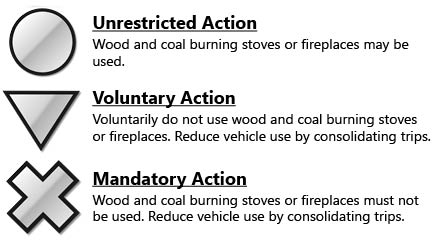Air Quality and Health
Health
Pollution has been connected to a number of health problems including asthma, adverse birth outcomes, COPD, heart disease and heart attacks. Air pollution can make asthma symptoms worse and trigger asthma attacks.
The average person breathes about 20,000 liters of air every day. Particles in the air such as dust, soot, mold, bacteria, and viruses can enter into a person airways. The respiratory system tries to clean and protect itself by:
- The nose acting as a filter cleaning out bigger particles.
- Tiny hairs called cilia lining the airways and keeping particles out of the lungs.
- The airways are covered by a liquid layer of mucus. Particles that are trapped in this mucus are coughed up or swallowed.
- Phagocytes which are cells that bind to and remove particles in the lungs that could be harmful.
When the lungs are exposed to foreign particles, more white blood cells can be recruited to help protect the lungs. However, on high pollution days our defenses can be overwhelmed. The level of risk from air pollution depends on several factors:
- The amount of pollution in the air.
- The number of days with high pollution levels.
- The amount of air we breathe (we breathe more deeply when exercising).
- The overall health of an individual. The elderly, children, and those with chronic conditions like asthma are especially sensitive to the effects of air pollution.
Air Quality Action Alerts and Health Advisories
The Utah Department of Air Quality has developed an air quality alert system to communicate health guidance and activity restrictions based on current pollution levels. This alert system consists of two parts:


